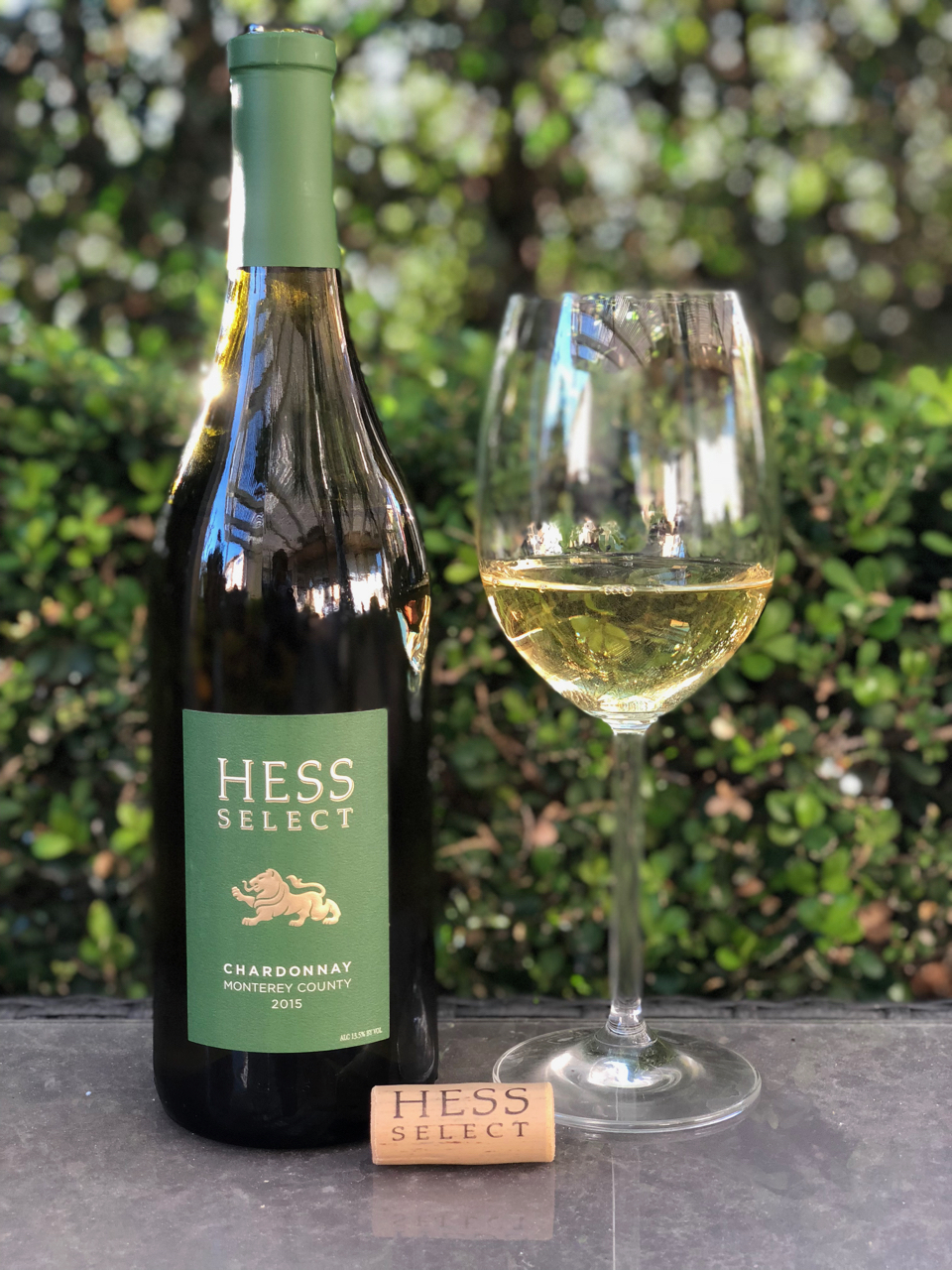Wine's flavors come from the grapes, the fermentation process, and through aging. Last time we looked at the grapes that are the primary player in a wine's flavor. So, let's now explore how the fermentation process adds flavors to wine.
The only other ingredient in wine making, other than the grapes, is the yeast. And, yes, yeast adds flavor. Just think of freshly baked bread. Not that yeast makes wine taste like bread, but it certainly can impart flavor. Wine can be made from the natural yeast that forms on the skin of the grape, appearing as a white haze, as shown in the photo. Or, winemakers can choose to use one of many strains of yeast that are produced in the laboratory in order to achieve the end result they are looking for.
The fermentation vessel also plays a role in a wine's flavor. Fermentation that is done in stainless steel tanks impart no flavor and allows the fruit flavors of the grapes to shine through. But, when fermentation is done in oak vessels the wine can take on woody flavors as well as flavors of spices, vanilla, and smokiness, as well as tannin that gives wine its mouth-drying, astringent, sensation.
Once fermentation is complete and the yeast has given its life for the production of alcohol, the yeast can either be immediately removed or the dead yeast (called lees) can be left in the fermentation vessel for some additional time to add yet additional flavor. This often adds a bit of bread-like aroma to the wine and makes for a richer mouth-feel of the final wine. Battonnage, or the stirring of the lees in the wine, can also enhance these flavors.
The fermentation process can also result in wines that are a bit sweet. Typically, the yeast will consume all the grape's natural sugar, turning it all to alcohol. But, if the fermentation is halted before all the natural sugar is consumed by the yeast, the wine will retain 'residual sugar' and be a bit sweet.
Oh, and by the way, the grapes, not just grape juice, can also play a role during fermentation. But, we'll leave that for next time. Until then, Cheers!



